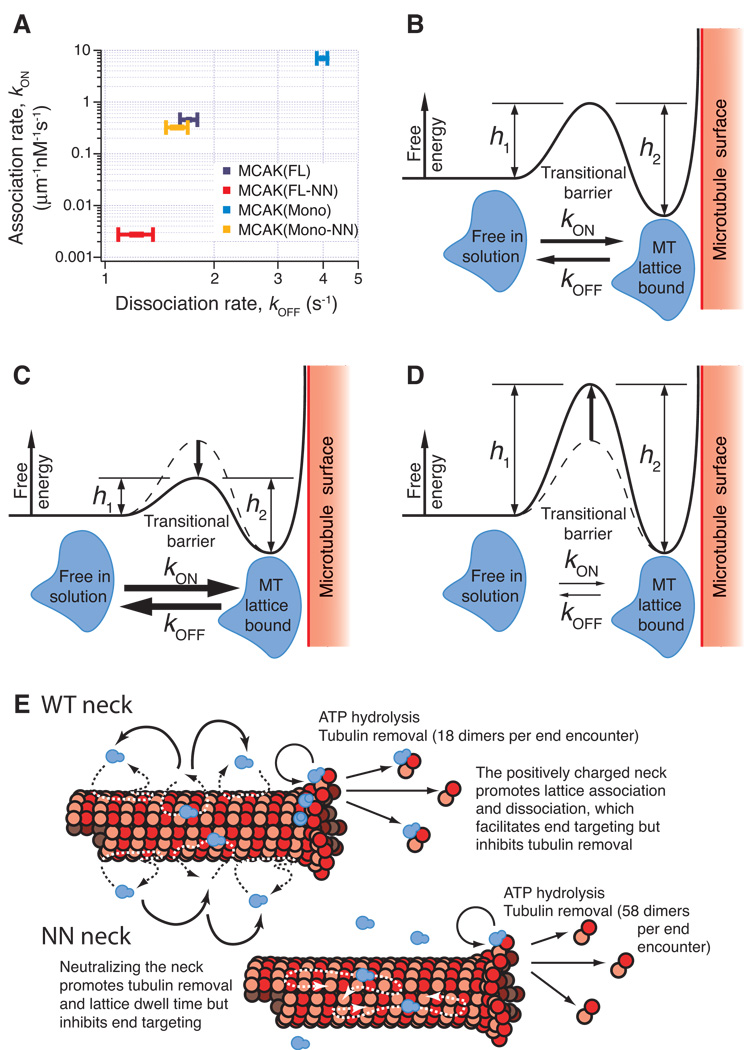Figure 3. A positive correlation between kON and kOFF is consistent with an energy landscape model for diffusive binding.
(A) Association rates (kON) for MCAK(FL) and each of the three tested MCAK mutants plotted against the respective dissociation rates (kOFF). This plot demonstrates a positive relationship between kON and kOFF, which can be explained by a transitional barrier of variable height as shown in (B). The MCAK molecule (blue) must pass through the high-energy transitional state in order to switch between the two stable low energy states: free-in-solution or microtubule-bound. kON represents the transition from free-in-solution to microtubule-bound and is inversely dependent upon the height h1. Alternately, kOFF represents the transition from microtubule-bound to free-in-solution and is inversely dependent upon the height h2. (C) The data indicates that MCAK(Mono) has a reduced barrier height in comparison to MCAK(FL), which explains the observed increases in both kON and kOFF. (D) Conversely, MCAK(FL-NN) has an increased barrier height, indicated by the observed decreases in both kON and kOFF. (E) Model illustrating the parameters that affect the flux of motors to the microtubule end and the removal of tubulin from the microtubule end.

